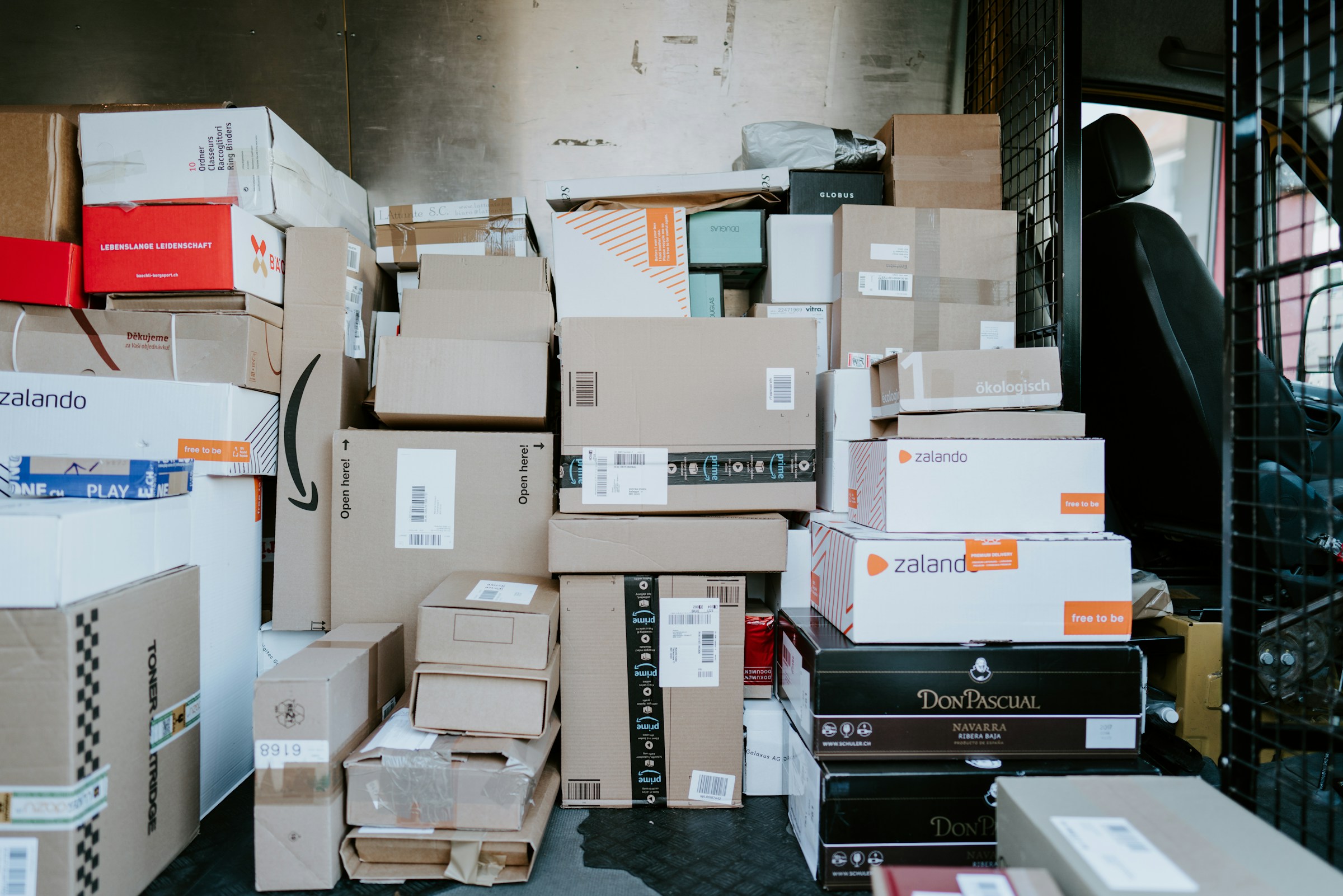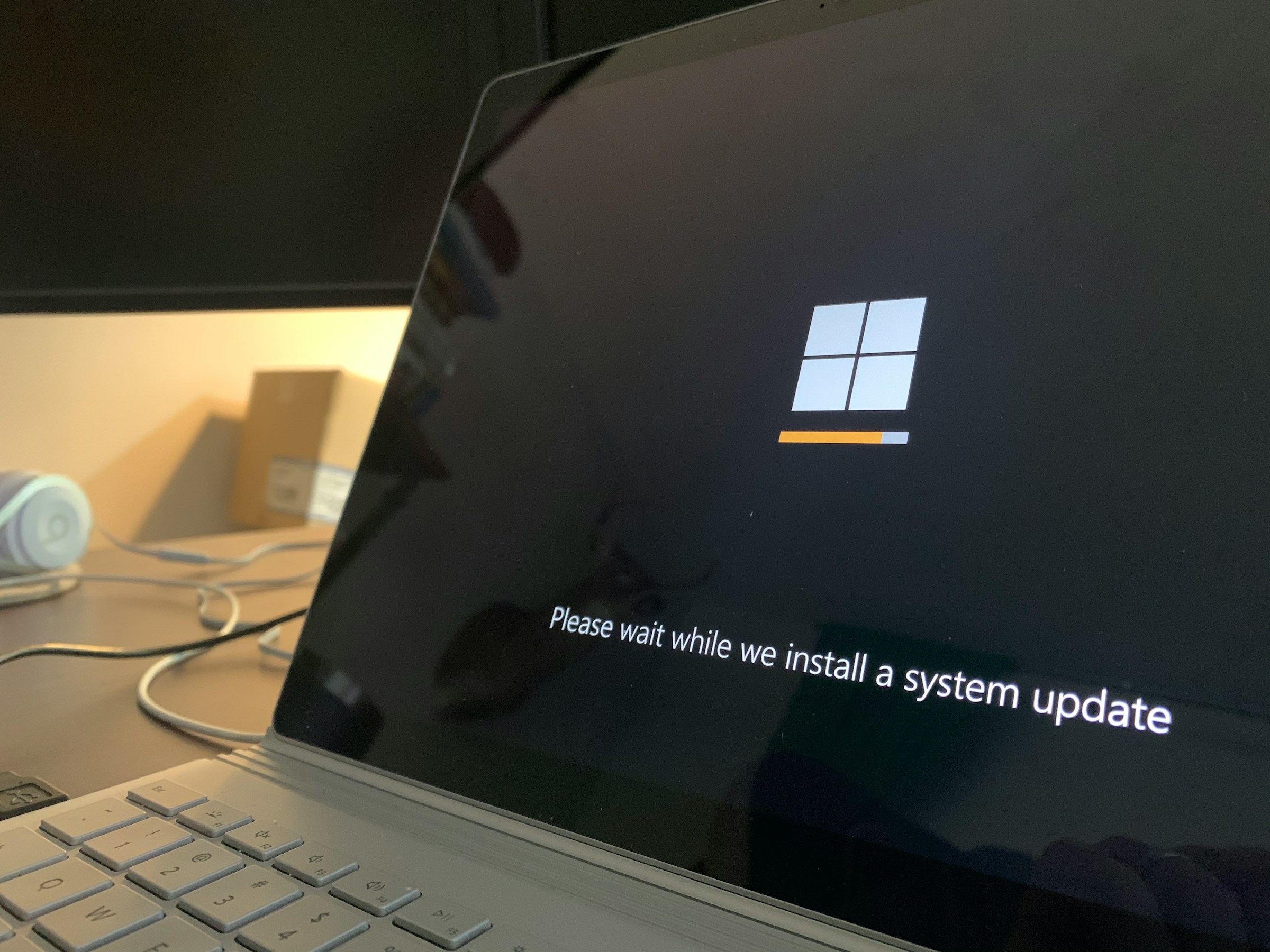You Don’t Need to Tell Apps and Websites Exactly Where You Are

It’s no secret smartphones actively use our locations. After all, navigation apps like Google Maps would be useless if not for location services. However, not all location data is the same. You might be surprised to learn many of your apps, by default, know exactly where you are, when they don’t need that information to function.
The difference is between the two main types of location data: Approximate location and precise location. The former gives apps an access to your general radius, but not a perfect address. While apps with access to approximate location may know what area of which city you happen to be in, they won’t know which street you’re on, or which building you’re currently residing in.
In that way, approximate location is a good privacy compromise. It allows apps to use location services to work properly, like an app offering you suggested activities based on your location, without needing to share exactly where you are at all times.
Precise location, however, is a different story. This location data is your exact coordinates, down to a pinpoint on a map. Apps with precise location access are able to see where you are whenever they want. When you’re at home, the apps know; when you walk into your local grocery store, the apps know; when you go to the movies, a friend’s house, the airport, etc. Wherever you go, precise location follows you.
Precise location is a great feature for apps that rely on your exact whereabouts to function. Navigation apps, again, are a great example, since they need to know where on the road you are to deliver you accurate directions. However, truth be told, most apps don’t need access to this specific location data, and granting it to them hands over more data than necessary.
Luckily, it’s not too late to change: To review location permissions for your apps, head to Settings > Privacy > Location Services, then pick an app on iPhone. On Android, long-press your app first, the head to Permissions > Location. On iPhone, turn off the toggle next to Precise Location if available. On Android, switch the setting to Approximate location.
From now on, pay attention to apps asking for location permissions. Both iPhone and Android allow you to choose this setting the first time an app asks permission: Android is very obvious, but on iPhone, it’ll appear in the top-left corner of the mini-map you see in the permissions pop-up.
Share This



